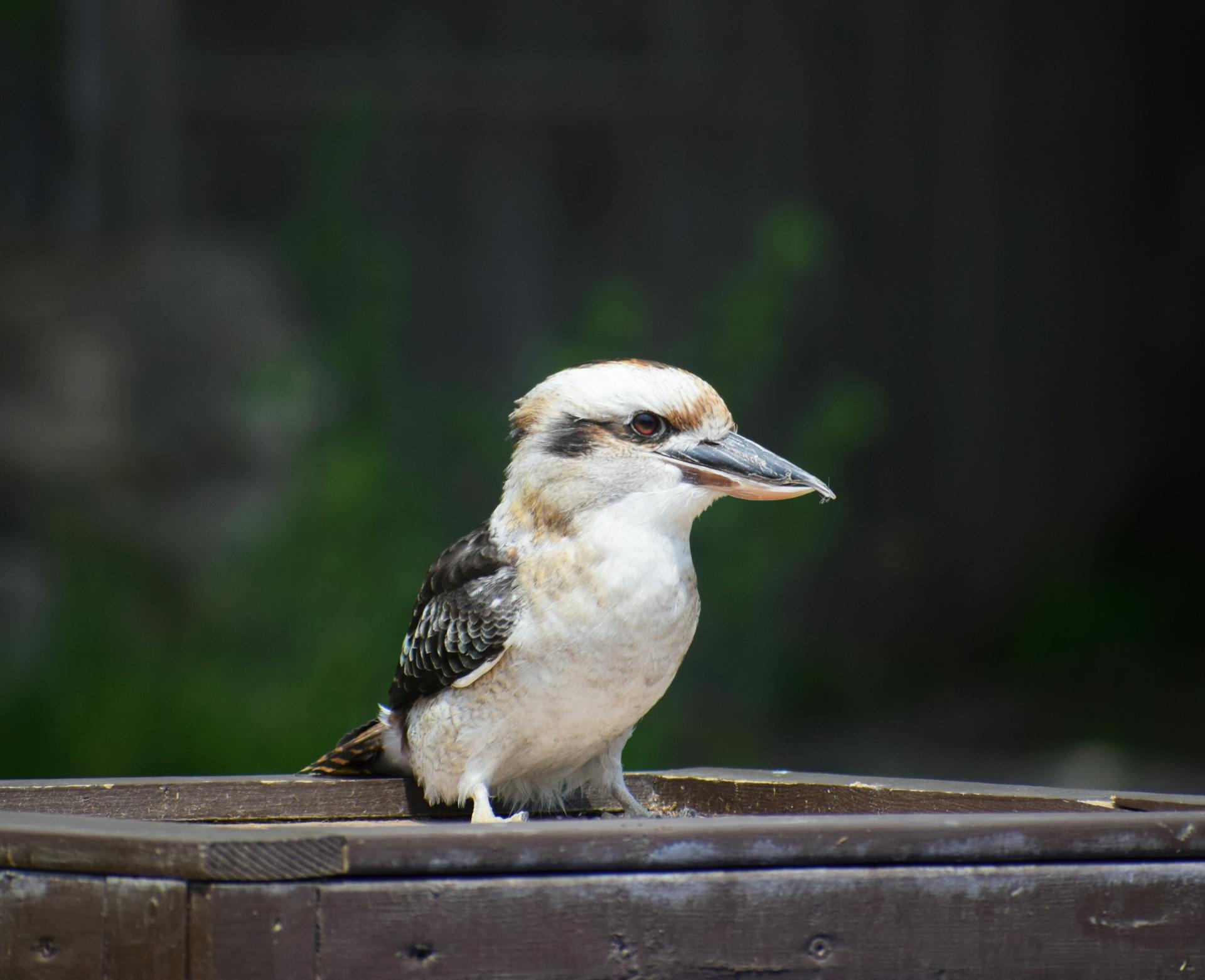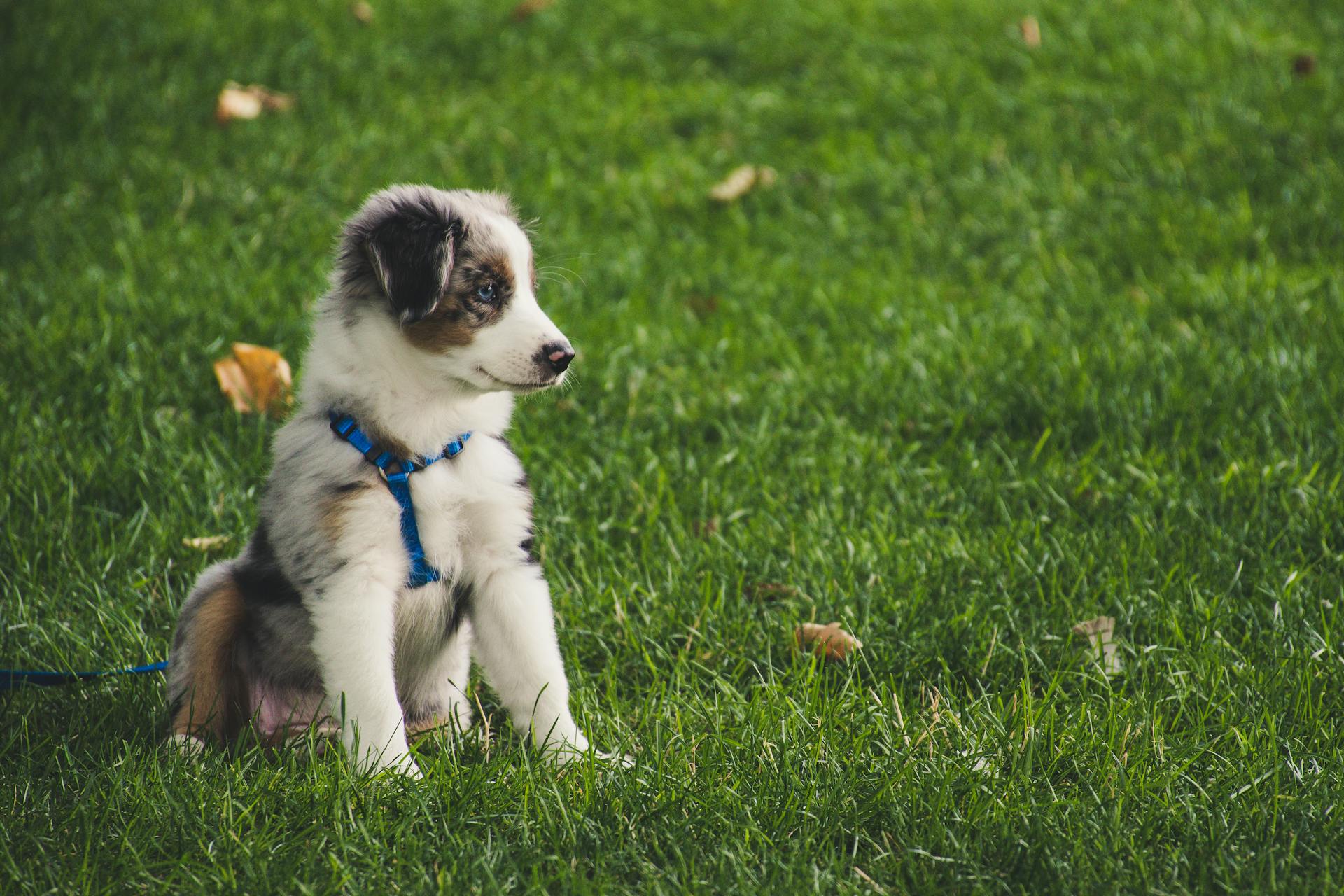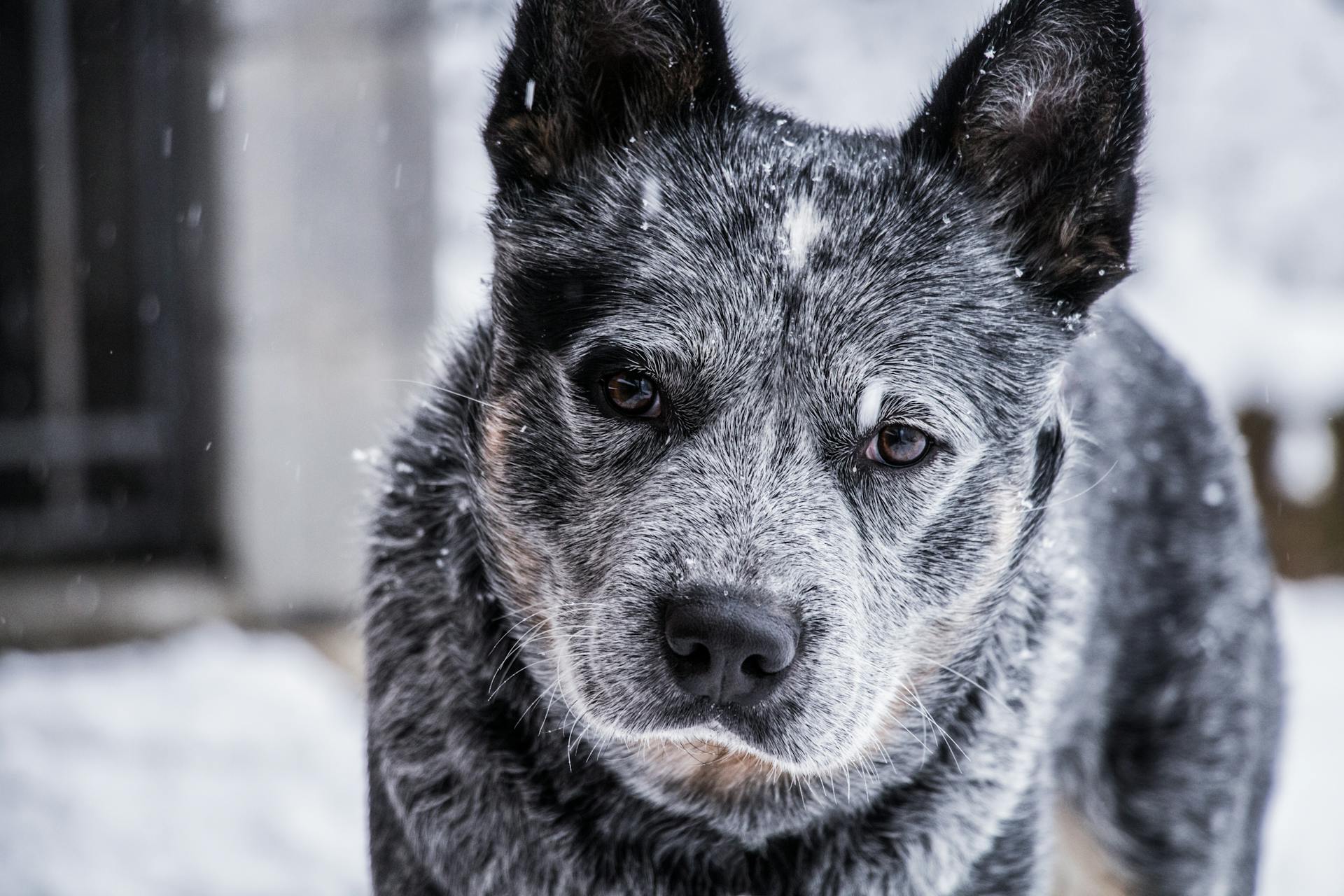
Australian Cattle Dogs are a popular breed for families, but are they right for you? They're highly energetic, so they need plenty of exercise and mental stimulation to keep them happy and healthy.
Australian Cattle Dogs are generally good with children if socialized properly from an early age. In fact, they're often used as therapy dogs due to their gentle nature.
They're also highly intelligent, which means they can be trained with ease. With consistency and positive reinforcement, they can learn a wide range of commands and tasks.
However, their strong herding instincts can sometimes get the best of them, especially around children. They may try to herd them, which can be overwhelming and even scary.
Good Family Dog?
Australian Cattle Dogs can make excellent family dogs, especially if they're raised with children from an early age. They're intelligent, devoted, and fiercely loyal, which makes them great companions.
However, they do require early training to address nipping tendencies, as their herding instincts may lead them to try herding children. Positive reinforcement training techniques are effective in managing this behavior.
With proper socialization, they can seamlessly integrate into households with children, but it's essential to supervise interactions between dogs and young children to prevent biting or ear or tail pulling.
If an adult Australian Cattle Dog has had little exposure to children, it may be too rough and not know how to treat them. Carefully socializing the puppy to children and teaching them bite inhibition is crucial.
The Australian Cattle Dog gets along with other dogs in the household, especially if they're raised together from puppyhood. However, they can be jealous or squabble with other dogs due to their strong devotion to one person in the family.
They're also prone to chasing, catching, and killing small animals like cats if they're not socialized to them from an early age. This is why it's essential to raise them with other pets from puppyhood.
Australian Cattle Dogs are highly energetic and require constant mental and physical activity to prevent destructive behavior. If they're bored or lonely, they can become destructive and chew up items they shouldn't.
Consistent, positive training helps control their independent streak, and early socialization is key to ensuring they grow up to be well-rounded dogs.
Care and Health
Australian Cattle Dogs are generally healthy, but like all breeds, they're prone to certain health conditions. Not all Australian Cattle Dogs will get any or all of these diseases, but it's essential to be aware of them if you're considering this breed.
Hip dysplasia is an inherited condition where the thighbone doesn't fit snugly into the hip joint, leading to arthritis as the dog ages. Deafness is also an inherited condition, but it can be tested for while the puppies are very young. Progressive Retinal Atrophy (PRA) is a family of eye diseases that involves the gradual deterioration of the retina, causing night-blindness and eventually complete blindness.
Regular exercise is crucial for Australian Cattle Dogs, as they need to burn off their excess energy. Daily walks, jogs, and playtime are a must, and they excel in herding activities and canine sports. A securely fenced yard or a country farm or ranch is ideal for this breed, as they love to run and play.
Worth a look: Hip Problems in Border Collies
A balanced diet is also essential for Australian Cattle Dogs, especially for puppies. Feeding a large-breed puppy food designed to slow the dog's growth rate can reduce the chance of developing hip dysplasia.
Here are some common health problems to watch out for in Australian Cattle Dogs:
- Canine hip dysplasia: signs include limping, "bunny hopping", and stiffness.
- Progressive Retinal Atrophy: an eye condition involving retinal deterioration leading to impaired vision.
- Deafness: blue heelers are at risk for a genetic predisposition to deafness.
Health
As you care for your Australian Cattle Dog, it's essential to be aware of the potential health issues that can arise.
Australian Cattle Dogs are generally healthy, but they can be prone to certain health conditions. Not all dogs will get any or all of these diseases, but it's crucial to be aware of them if you're considering this breed.
Progressive Retinal Atrophy (PRA) is a family of eye diseases that involves the gradual deterioration of the retina. Early in the disease, affected dogs become night-blind.
Hip Dysplasia is an inherited condition in which the thighbone doesn’t fit snugly into the hip joint. X-ray screening is the most certain way to diagnose the problem.
If this caught your attention, see: Spanish Water Dog Health Issues
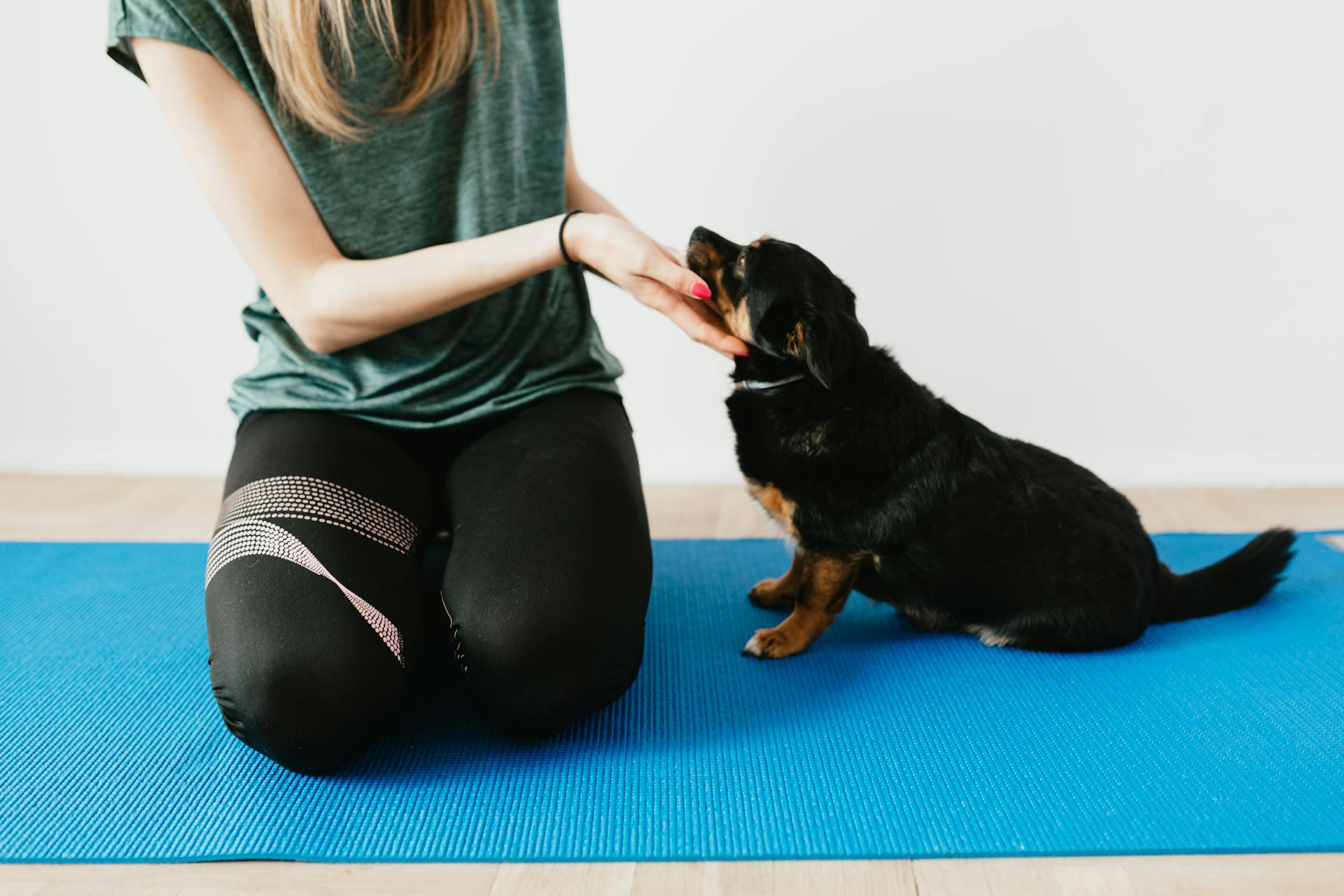
Deafness is an inherited condition in the Australian Cattle Dog, but it can be tested for while the puppies are very young. Deaf dogs should not be bred.
Some common signs of health issues in Blue Heelers include limping, "bunny hopping" where both hind limbs move together in a hop-like gait, avoidance of physical activity, and stiffness—especially after a long rest.
If you notice any of these signs, it's crucial to check with a veterinarian to rule out hip dysplasia.
Progressive retinal atrophy is an eye condition involving retinal deterioration leading to impaired vision. Pay attention to how your Blue Heeler sees at night and if they frequently have enlarged pupils.
Deafness in Blue Heelers can be indicated by a lack of responsiveness to sound, jumpiness, and unusual fits of barking.
Here are some common health issues to be aware of in Australian Cattle Dogs:
- Progressive Retinal Atrophy (PRA)
- Hip Dysplasia
- Deafness
Care
The Australian Cattle Dog needs a home with a securely fenced yard, or a country farm or ranch, to prevent destruction and chewing.
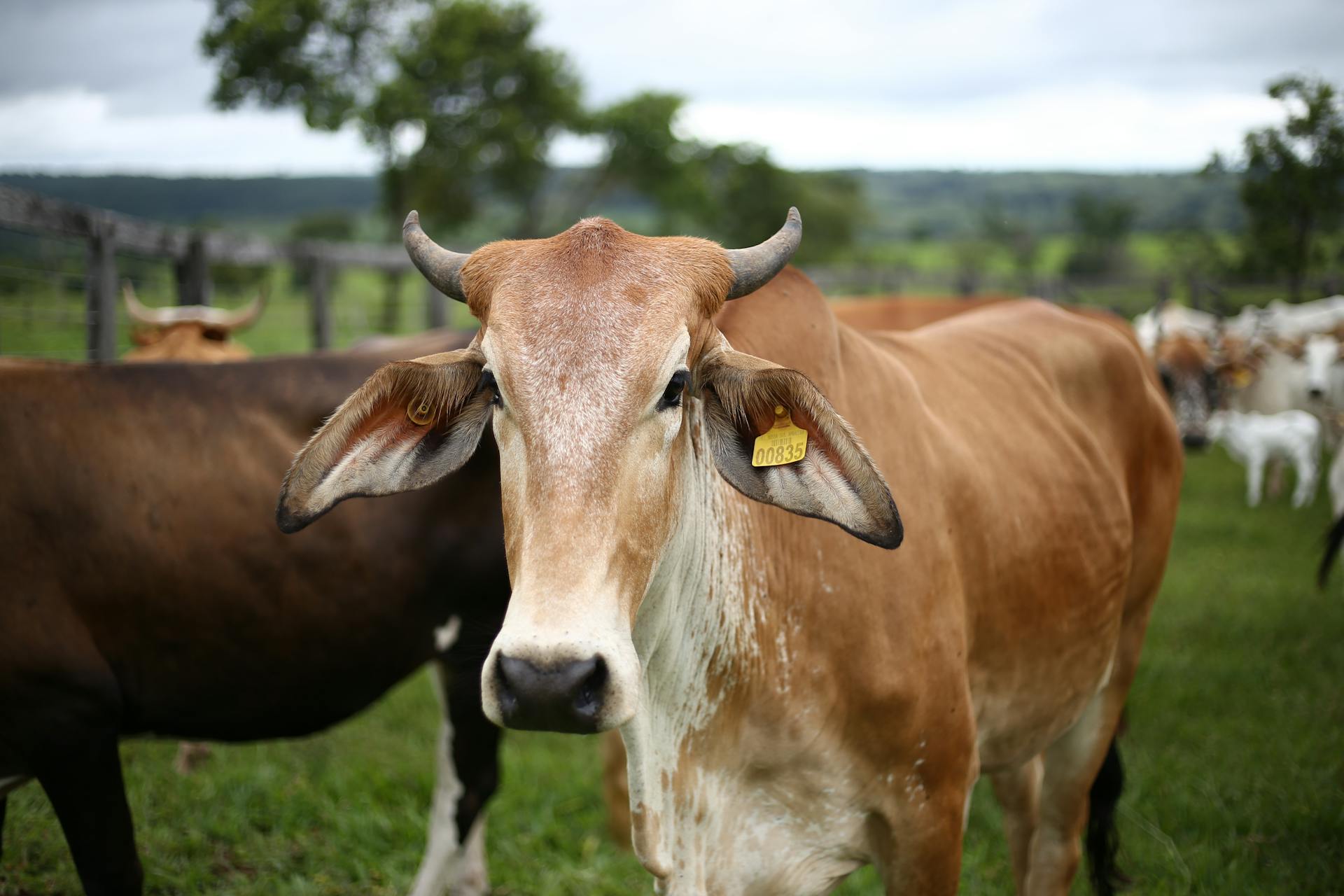
Daily exercise is essential for this breed, and it enjoys long hikes or jogs coupled with vigorous games. It excels in herding activities and can compete successfully in agility, obedience, tracking, lure coursing, dock diving, disc catching, and nose work activities.
This breed requires only occasional brushing to remove dead hairs, which are fairly abundant during the breed's two shedding seasons (fall and spring).
Australian Cattle Dogs are prone to hip dysplasia, so it's crucial to feed puppies a large-breed puppy food designed to slow the dog's growth rate to reduce the chance of developing the condition.
If a blue heeler doesn't get an outlet for their energy, they can become bored and left to their own devices for entertainment, which could mean chewed-up shoes, furniture, or other destruction in the home.
Grooming
The Australian Cattle Dog's coat is thick but requires only occasional brushing to remove dead hairs, which are fairly abundant during the breed's two shedding seasons.
You'll need to brush your Australian Cattle Dog frequently during shedding seasons, ideally with an undercoat rake or comb, to remove the dead hair.
Their typical roan coat color is not a type of merle pattern, and they can be bred to each other without fear of producing health-compromised double-merle offspring.
To keep your Australian Cattle Dog clean and healthy, brush them periodically, say four times a month, to distribute oils and remove dirt.
Brushing should be a positive experience, filled with praise and rewards, especially when they're young, to lay the groundwork for easy veterinary exams and other handling when they're an adult.
Trim your Australian Cattle Dog's nails once a month if they don't wear them down naturally, and be careful not to cut too far, as this can cause bleeding.
Daily brushing is even better for removing tartar buildup and bacteria from your Australian Cattle Dog's teeth, which should be done at least two or three times a week.
Their two-layered coats do need extra attention during times of the year when they do a lot of shedding, for example during the spring when they shed their winter coat.
Worth a look: When Do Border Collies Calm down
Return
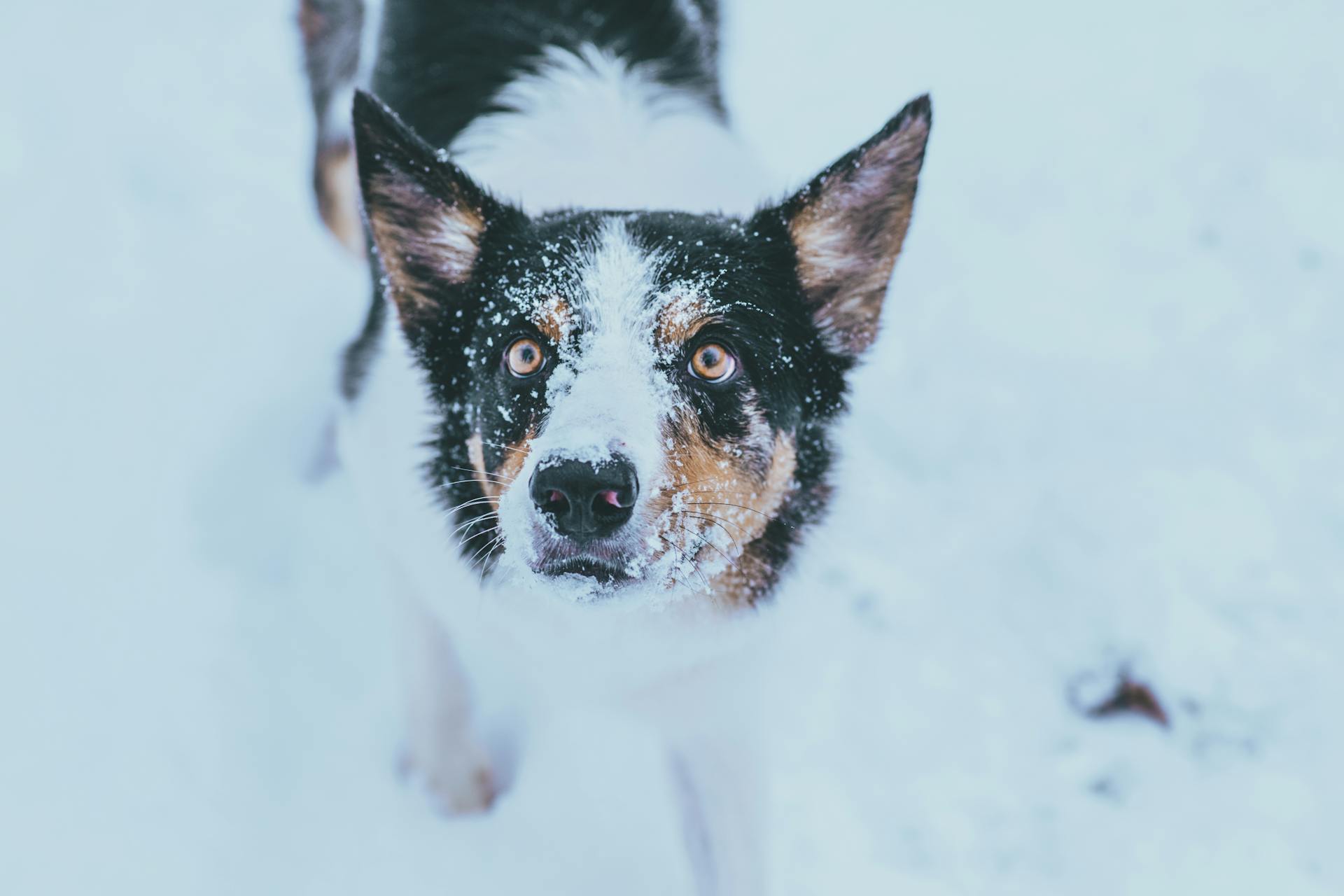
The Australian Cattle Dog's high energy level requires regular exercise and mental stimulation to prevent boredom and destructive behavior.
They need to be active and busy most of the time, or they'll resort to entertaining themselves, usually by doing something you consider naughty.
Exercise can be as simple as a walk around the block, but it's essential to provide physical and mental stimulation throughout the day.
The Australian Cattle Dog is a highly devoted breed that attaches itself closely to one person and bonds less closely with others.
He likes to be in close physical contact with his chosen person all the time, often earning the nickname "Velcro" dog.
This breed's strong prey drive means they're fascinated by small animals, and if not socialized properly, can become a problem.
If raised from puppyhood with other pets, including cats, they can be trusted to live peacefully with them in the home.
However, outside of their household, they're likely to consider those animals fair game.
The Australian Cattle Dog's protective nature means they're wary of strangers and can be tough to handle at times.
Their history as working dogs on ranches has made them highly tolerant of pain and intensely focused.
For another approach, see: Are German Shepherds Good for First Time Owners
Size
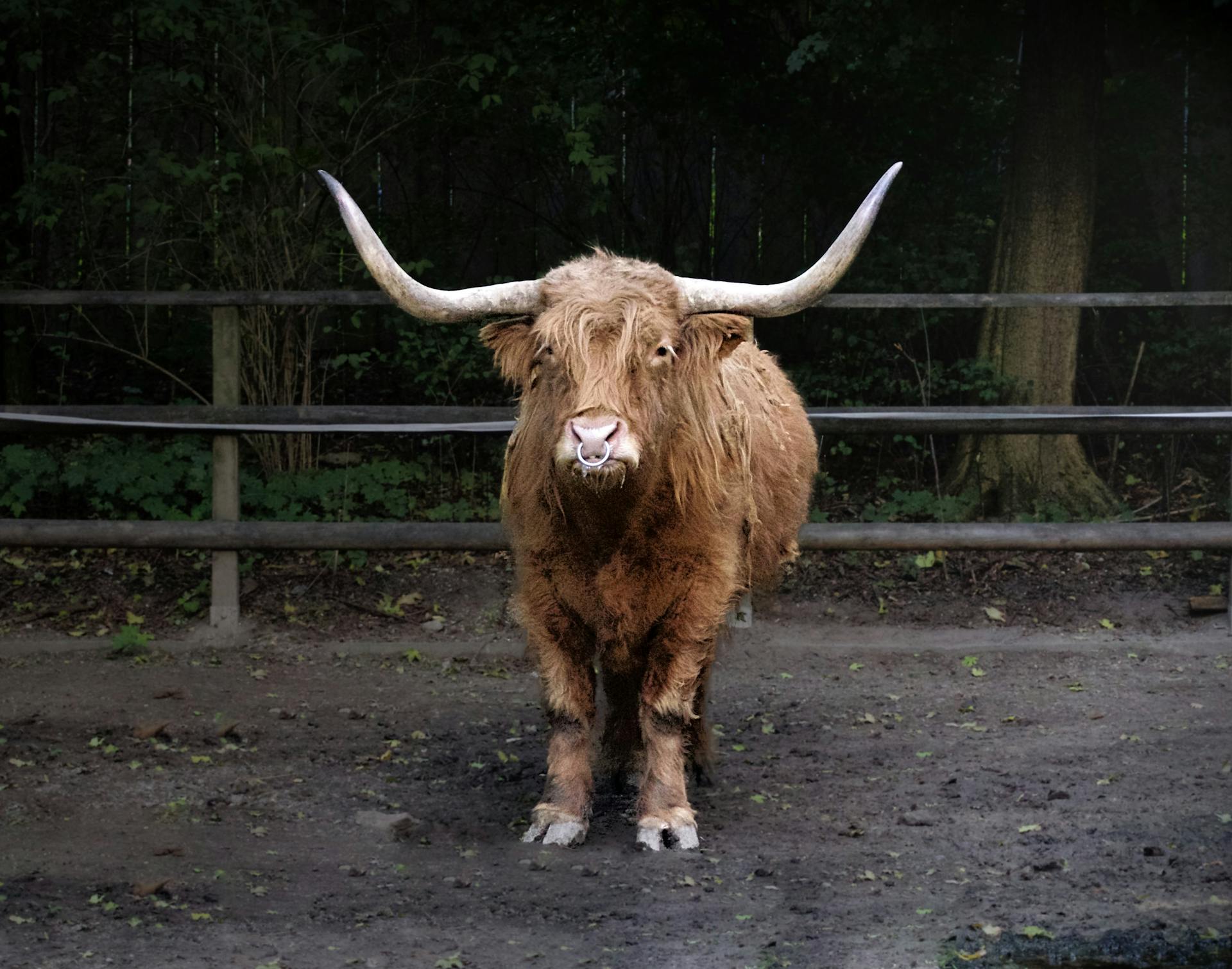
When it comes to the Australian Cattle Dog's physical stature, they're a relatively small breed. Males stand 18 to 20 inches tall.
Their compact size is one of the reasons they're well-suited for herding cattle in tight spaces. Females stand 17 to 19 inches tall.
Their weight is also relatively light, ranging from 30 to 50 pounds. This makes them agile and easy to handle.
A different take: Do Border Collies Ears Stand up
Frequently Asked Questions
Do Australian Cattle Dogs bark a lot?
Australian Cattle Dogs are prone to excessive barking due to their alert nature. If left unsupervised, their high-pitched barks can be a concern for many owners.
Are Australian Cattle Dogs hard to own?
Australian Cattle Dogs require a strong and dedicated owner who can match their energetic and stubborn personality. They can be a challenging but rewarding companion for the right owner.
Are Australian Cattle Dogs cuddly?
Australian Cattle Dogs can be cuddly, but their affectionate nature depends on their individual personality and upbringing. With proper training and socialization, many Australian Cattle Dogs enjoy showing affection and cuddling with their owners.
Are cattle dogs considered aggressive?
Cattle dogs can be aggressive to other dogs and may exhibit strong herding instincts, which can lead to chasing behaviors. However, with proper training and socialization, they can become well-behaved companions.
Do cattle dogs like to cuddle?
Australian Cattle Dogs raised with affection and physical touch tend to enjoy cuddles. Socialization and upbringing play a significant role in their cuddling behavior.
Featured Images: pexels.com
